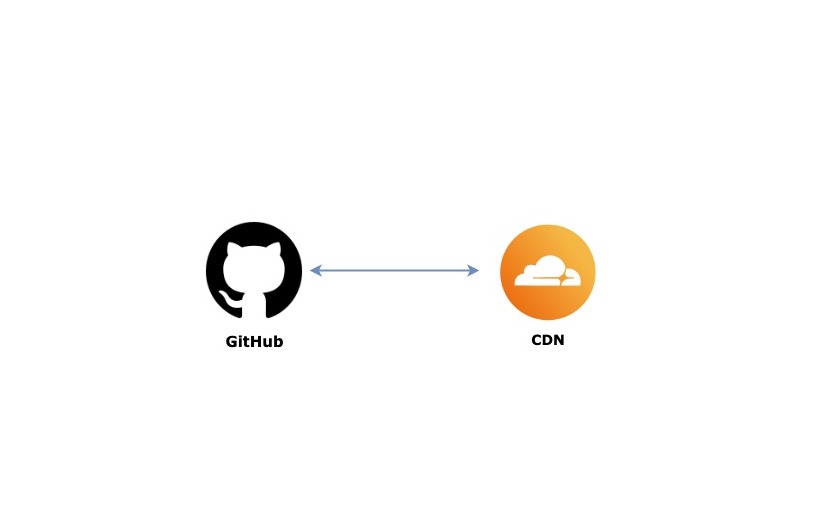
Cloudflare has encountered major challenges for the second occasion this year, impacting multiple platforms due to an “atypical surge in traffic.” Often referred to as “the largest company you’ve never heard of,” Cloudflare oversees and secures traffic for approximately 20 percent of the internet.
Cloudflare is an internet infrastructure and cloud computing service provider akin to Amazon Web Services. It accommodates various online services and is predominantly recognized as a worldwide Content Delivery Network, enhancing website speeds by routing them through servers nearer to users. Functioning as an internet intermediary, Cloudflare ensures that a site hosted in the U.S. loads swiftly, even when accessed from considerable distances.
With servers located globally, Cloudflare is capable of caching extensive amounts of content, distributing traffic across thousands of nodes—individual servers within its international network. Each node can manage high volumes of requests independently, safeguarding sites from being inundated and mitigating overload risks.
Your local Cloudflare node is typically nearer than the server hosting the website. A hop signifies a step in your data’s journey across the internet, and fewer hops translate to shorter distances and reduced wait times for information transfer. This more direct route results in decreased latency and quicker load times.
Cloudflare’s software underpins numerous businesses, so outages can have a substantial effect. The disruption on Tuesday affected the internet, slowing down or incapacitating services such as OpenAI’s ChatGPT, the social platform X, and even digital tools for NJ Transit.